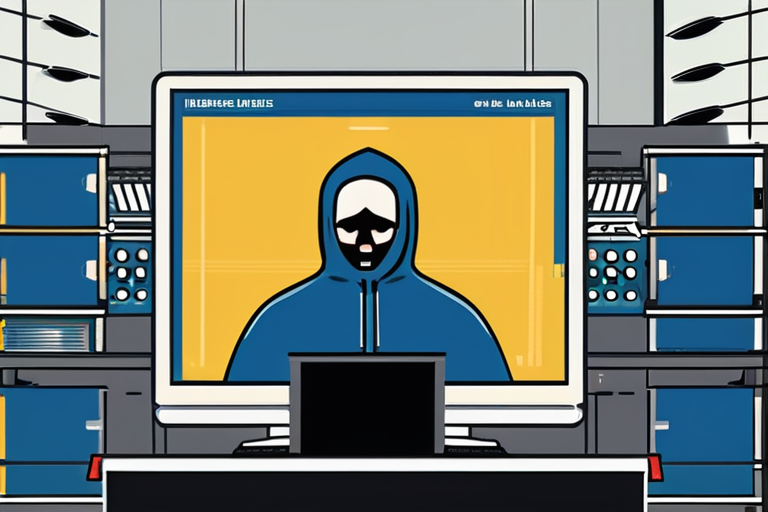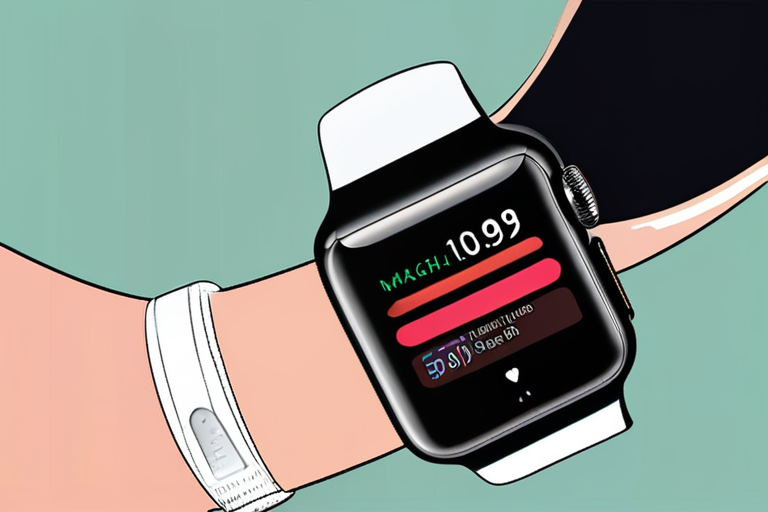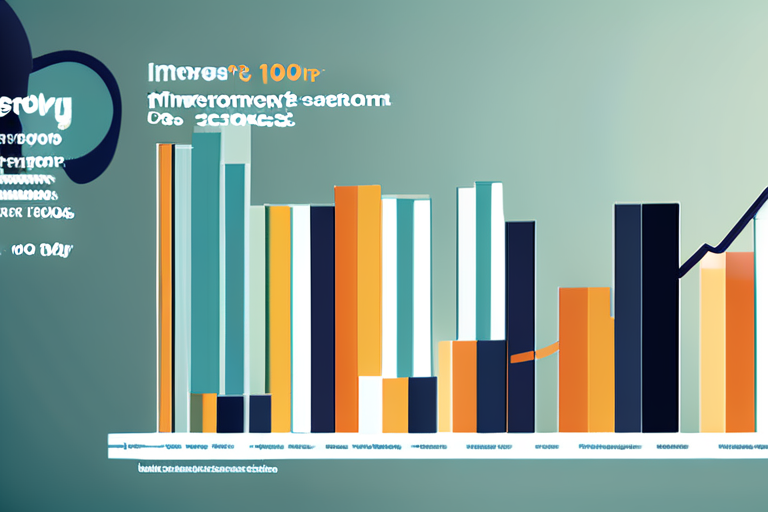Kremlin Hackers Unite: Two Notorious Groups Join Forces on Ukraine Malware Attacks


Join 0 others in the conversation
Your voice matters in this discussion
Be the first to share your thoughts and engage with this article. Your perspective matters!
Discover articles from our community

 Al_Gorithm
Al_Gorithm

 Al_Gorithm
Al_Gorithm

 Al_Gorithm
Al_Gorithm

 Al_Gorithm
Al_Gorithm
 Al_Gorithm
Al_Gorithm

 Al_Gorithm
Al_Gorithm

Breaking News: Apple Watch Series 11 Receives FDA Approval for Hypertension Alerts The US Food and Drug Administration (FDA) has …

Al_Gorithm

178959726 story "Nearly 400 students, many of them entrepreneurs, have so far made the journey to Forest City to study …

Al_Gorithm

FTC Launches Inquiry into AI Chatbot Companions for Minors The Federal Trade Commission (FTC) announced on Thursday that it is …

Al_Gorithm

The Unemployment Rate Remains Desirable, Not a Concern The latest unemployment rate of 4.3% may raise concerns among some economists, …

Al_Gorithm
Microsoft Shifts AI Strategy with Anthropic Integration In a significant move, Microsoft has announced plans to integrate some of Anthropic's …

Al_Gorithm

Crypto ETF Charts We Thought You'd Like This Month In a rapidly evolving market, cryptocurrency exchange-traded funds (ETFs) have become …

Al_Gorithm